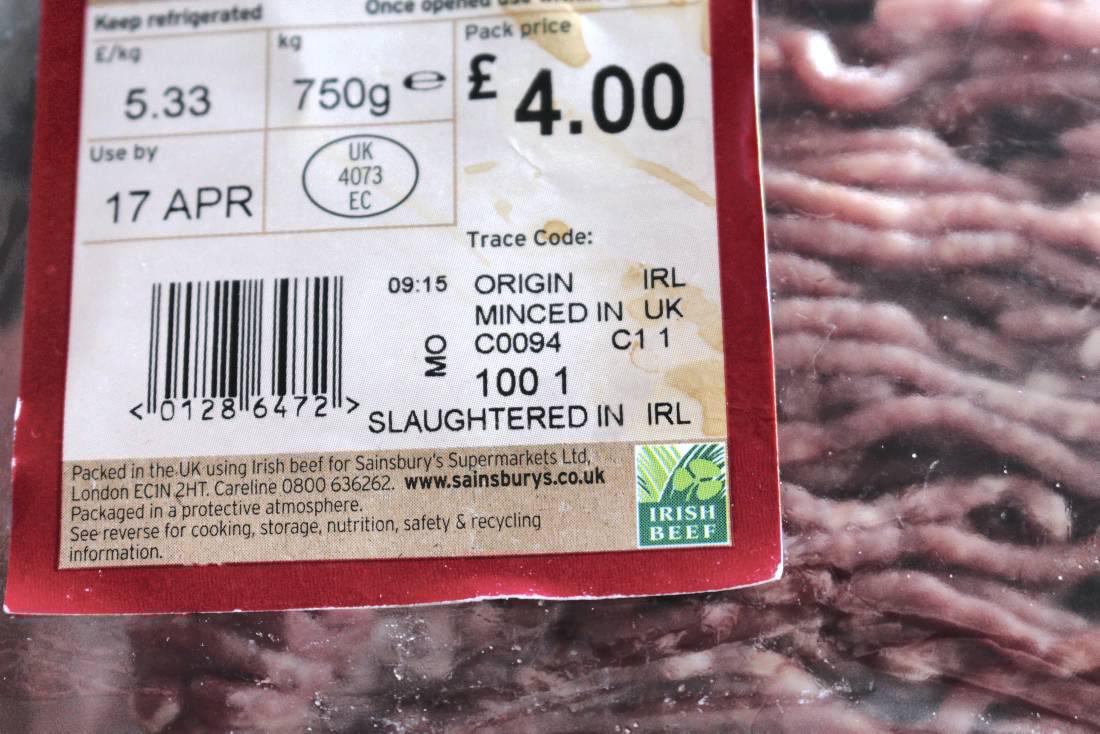We were warned it would happen. When the European Commission in Brussels was forming proposals for the labelling of beef, national labels were to be banned. While regional identification such as Kerry or Wicklow lamb or Westmeath beef were to be allowed, beef described as British or Irish was to be banned on the basis that it would lead to a re-nationalisation of individual country markets.
This is exactly what has happened. Looking at the most recent Bord Bia price reports, the difference between British and Irish beef prices is extraordinary.
The reports are slightly complicated by the presence of the VAT element. Irish prices are usually reported on a VAT-inclusive basis at 5.2%. This adds about 20c/kg to the actual real price paid. To its credit, Bord Bia makes it clear that its quotations are on a VAT-exclusive basis but the Department of Agriculture tables that are carried in the Irish Farmers Journal include this extra 20c VAT payment, which distorts the picture for the general reader.
The most recent week’s quotes get the point across – the R3 grade price in the UK, excluding Scotland (which tends to have the highest prices), is €4.52/kg and €4.74/kg for U3. The Irish price on an equivalent basis is €3.64/kg for the R3 and €3.78/kg for the U3 – a difference of almost €400/head.
Meat factory spokesmen get visibly irritated when these comparisons are made but how else are we meant to compare prices across national boundaries? The Commission forebodings in the pre-BSE days have been borne out – markets have been partially re-nationalised but, in any sane view, the matter should hardly be let rest there.
It is unlikely that we can fully turn the clock back and forbid the country of origin appearing on the supermarket beef label but that does not mean that the present rules have to be the only ones that can be considered.
The present rule stipulates that the country of birth, rearing and slaughter is shown, clearly segmenting the market with Irish beef producers the only visible losers. A number of possible changes come to mind. One would be that the old system of Irish cattle becoming British after a 60-day residency period be resurrected. Not ideal, but it would at least inject some kind of competition in the forward store market. The second could be that all cattle sold on the British market would be labelled, as McDonald’s do: “This meat is British or Irish.”
An exclusively British identification would be made illegal but regional labels, such as Yorkshire or Devon beef, would be allowed. The present system is clearly a negation of what the common market or EU is meant to be about and excessive profits are being earned in parts of the chain at Irish farmers’ expense. So far, the anomalies of the labelling system have received plenty of publicity but not much analysis of what changes might make sense. It’s time a start was made to changing a dysfunctional system.






 This is a subscriber-only article
This is a subscriber-only article










SHARING OPTIONS: